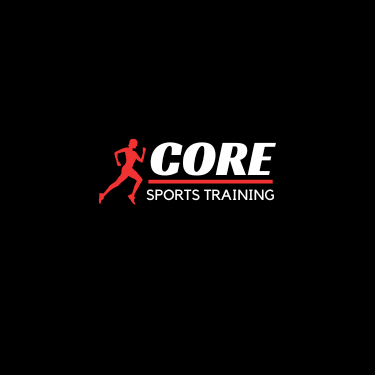Flexibility is not only beneficial for athletes and yogis; it’s an essential component of overall fitness and well-being. Improved flexibility can enhance your athletic performance, reduce the risk of injury, and even contribute to better posture. Whether you’re a beginner or looking to take your flexibility to the next level, here are five effective strategies to help you increase your range of motion.
1. Dynamic Stretching: Warm Up and Mobilize
Dynamic stretching involves controlled movements that mimic the motions of your workout or activity. It’s an excellent way to warm up your muscles and joints while gradually increasing your flexibility:
- Lunge with a Twist: Take a step forward into a lunge and twist your torso toward the front leg. This dynamic movement stretches the hip flexors, hamstrings, and lower back.
- Arm Circles: Stand tall and extend your arms out to the sides. Begin making small circles with your arms, gradually increasing the size of the circles. This helps open up your shoulder joints and improves upper body flexibility.
2. Static Stretching: Lengthen and Hold
Static stretching involves holding a stretch for a certain period, allowing the muscles to relax and elongate. This type of stretching is best done after your workout or when your muscles are warm:
- Hamstring Stretch: Sit on the ground with one leg extended and the other bent, sole of the foot against the inner thigh. Reach toward the extended leg and hold the stretch for 20-30 seconds on each side.
- Quad Stretch: Stand on one leg and grab the opposite ankle behind you. Gently pull your ankle toward your glutes and hold the stretch for 20-30 seconds on each side.
3. Yoga: Find Balance and Flexibility
Yoga is a holistic approach to flexibility that combines movement, breath, and mindfulness. Regular yoga practice can greatly enhance your overall flexibility while promoting relaxation:
- Downward Dog: Start in a plank position and push your hips up, forming an inverted V shape. Press your heels toward the ground while keeping your spine long. This pose stretches the hamstrings, calves, and shoulders.
- Cobra Pose: Lie face-down with your palms on the ground beneath your shoulders. Press your hands into the floor to lift your chest while keeping your hips on the ground. This pose opens up the chest and stretches the front of your body.
4. Foam Rolling: Release Tension and Improve Mobility

Foam rolling, also known as self-myofascial release, involves using a foam roller to apply pressure to tight and sore areas. This practice helps release tension and improve muscle flexibility:
- Hamstring Roll: Sit on a foam roller with both hamstrings on the roller. Roll back and forth from your glutes to just above your knees, pausing on any tender spots.
- IT Band Roll: Lie on your side with the foam roller beneath your hip. Roll along the outer thigh from your hip to just above your knee, focusing on any tight spots.
5. Regular Practice: Consistency is Key
Increasing flexibility takes time and regular effort. Incorporate stretches and flexibility exercises into your routine on a consistent basis to see long-term improvements:
- Set a Schedule: Dedicate a specific time each day to focus on your flexibility. Whether it’s a quick morning routine or an evening wind-down, consistency is crucial.
- Progress Gradually: As you become more flexible, gradually increase the intensity and duration of your stretches. Avoid pushing yourself too hard and causing injury.
Remember, everyone’s body is different, and progress may vary. Listen to your body and respect its limitations while staying committed to your flexibility goals. With patience and dedication, you’ll witness significant improvements in your range of motion and overall physical well-being.

